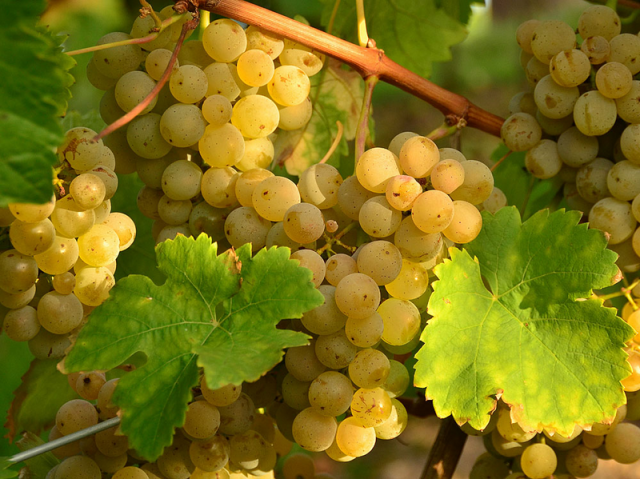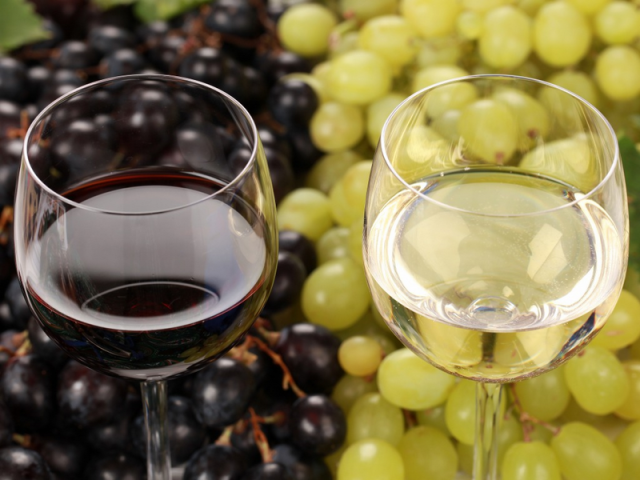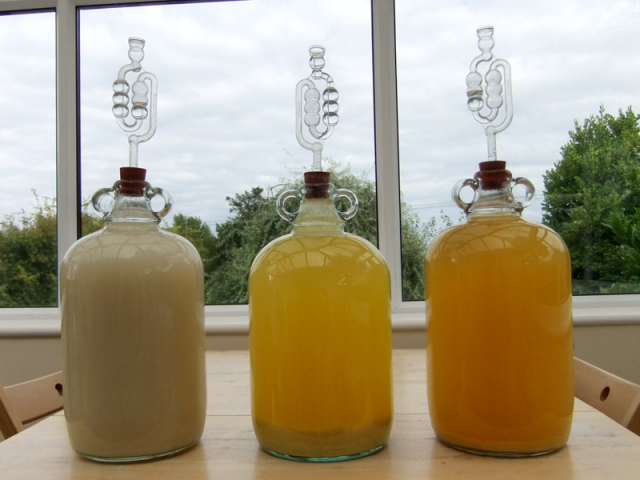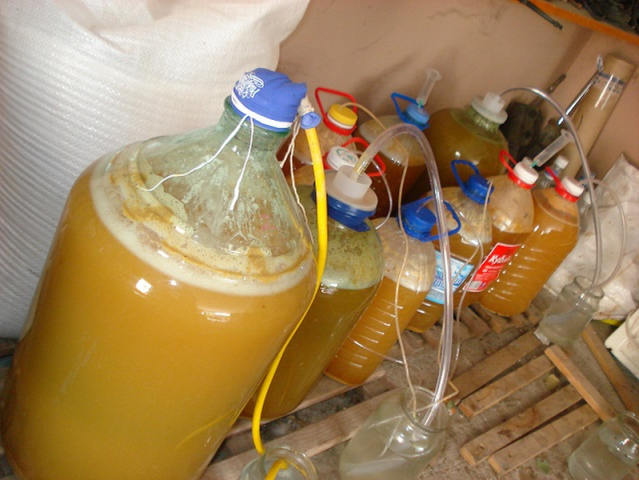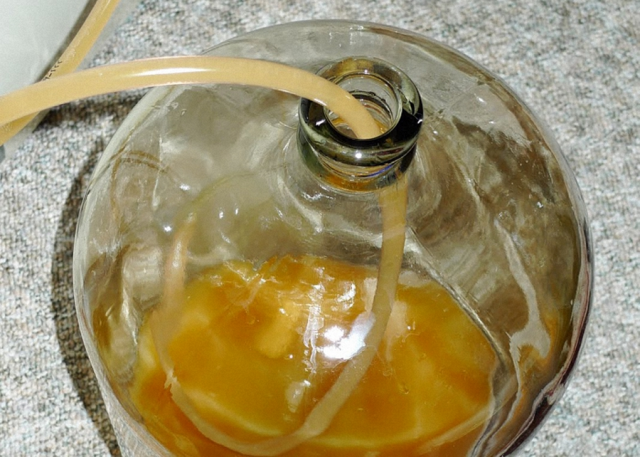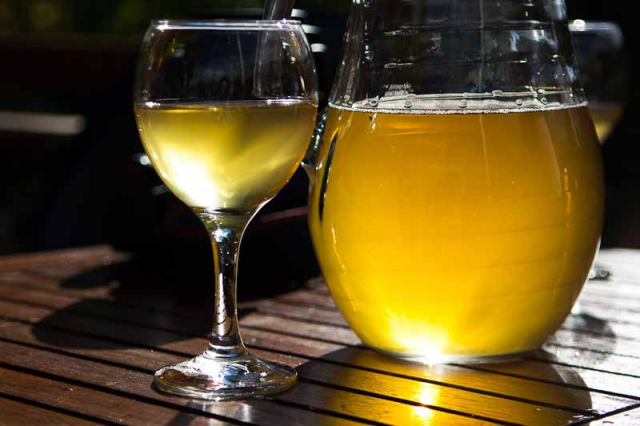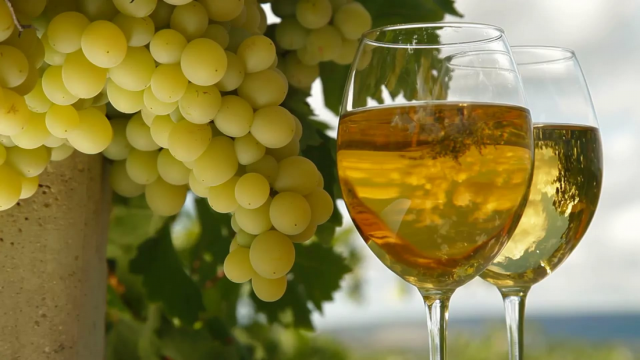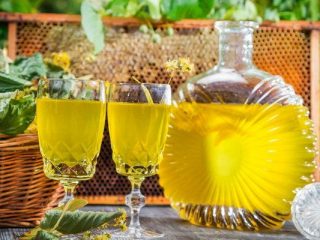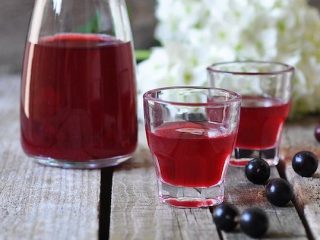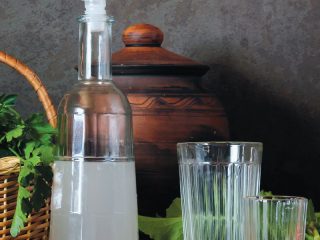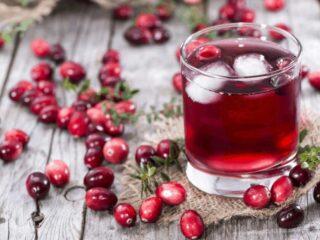Content
Anyone who has their own vineyard at their dacha will hardly be able to resist the temptation to learn winemaking. Homemade preparation makes the drink real and healthy. White wine is more complex in preparation technology, but is considered more refined. If you want to surprise even gourmets, then try making homemade wine in an original way from your own white grapes. Popular white varieties in the Moscow region and central Russia are Lydia, White Kishmish, Alpha, Bianka, Aligote, Chardonnay, Valentina. Muscat white grape varieties (Isabel, Muscat white) are suitable for making rose wines.
You can get a light drink from any variety, but the excessive astringency of dark varieties will be inappropriate in white wine.
Collection and preparation of berries
White grape varieties ripen later than dark ones; in addition, for white wine it is recommended to over-ripe the berries slightly.Some winegrowers leave the bunches until the first frost, others prefer to pick berries with a slight sourness. Thus, different flavors of white wine are obtained.
Wines made from white grapes can be dessert or dry. Desserts are made from overripe berries with a high sugar content. Dry wines will require berries with more acidity, so they are harvested immediately after full ripening. Both options have their own nuances (including the weather conditions of the season and the climate of the region), so there is huge scope for experimentation.
The collected bunches of grapes should lie in a cool place for 2 days. White grapes for homemade wine cannot be washed. The flow of water will wash away the wild wine yeast and there will be no fermentation. You can add purchased dry wine yeast, but master craftsmen value wild ones. Preparation of berries consists of careful sorting and culling of cracked, rotten and damaged grapes. The twigs can be left to add a “zest” to the drink.
Container processing
It is ideal to purchase a 10 or 20 liter glass bottle for fermenting homemade wine, depending on the scale of your production. It is better to store finished wine in glass bottles with ground-in wooden stoppers. It is possible to use ceramic and enamel dishes, but it is not so convenient (the sediment is not visible, it is difficult to understand the moment of clarification). Cooking white grape wine It is also possible in wooden barrels, but they are more difficult to disinfect (fumigation with sulfur).
All tools and cutlery that come into contact with grape juice must be made of stainless steel. Containers and tools are pre-cleaned with baking soda, thoroughly rinsed with running water and dried.
The main differences in the technology of preparing white wine
The type of wine served in a restaurant should complement the selected dishes and reveal their sophistication. White wine differs from red wine not at all in the color of the grapes used. White wine has a more delicate and subtle taste, lacking the astringency of the skin of the berries. The skin also contains coloring pigments that are not found in white wine. Consequently, the main technological difference in the preparation of white wine is the exclusion of contact of the squeezed juice with the skin of the berries.
For white wine, white grape varieties with low acidity. Classic recipes do not involve adding sugar, since the berries are assumed to be quite sweet. In any case, the amount of added sugar in homemade white wine is negligible.
Process stages
Those experienced in making homemade wines understand the importance of maintaining sterility throughout the entire process. Make it a rule to treat hoses and tools with a 2% soda solution every day. The technology for preparing white wine includes 6 stages:
- obtaining grape juice;
- sedimentation and sediment removal;
- active fermentation;
- "quiet" fermentation;
- removal from sediment and filtration;
- pouring young wine into containers and aging.
Let's look at the features of each of them.
Extracting grape juice
For white wine, the juice should not come into contact with the skin. The best way to make quality juice is to get it by gravity. In this case, the grape juice is released under the influence of gravity, and the berries themselves act as a press. You will get light juice without pulp impurities. The only drawback of this method is that it takes a lot of time to obtain juice.
For large volumes this option may not be suitable.Then the juice is carefully squeezed out with your hands. The use of presses and juicers is contraindicated, as the technique can damage the seeds and unwanted substances will get into the drink, which will affect its quality.
Settling and sediment removal
At home, freshly squeezed grape juice will turn out cloudy. This kind of wort needs to be improved. Settling is carried out in a glass bottle for 6 - 12 hours in a cool place.
To prevent premature fermentation, the wort must be smoked with a sulfur wick. To do this, lower a burning wick into an empty bottle (without touching the walls) and as soon as it burns out, pour in the wort to 1/3 of the container’s volume, close with a lid and stir lightly to dissolve the gas. Then lower the wick again, add another portion and mix. The procedure is repeated several times until the bottle is filled.
When the suspension settles and the juice becomes lighter, it is poured into a clean fermentation bottle through a siphon or tube.
Some recipes suggest sulfiting the wort (adding sulfur dioxide), but at home it is enough to fumigate it, which has a similar effect.
Active fermentation
As already noted, wild yeast is found on the surface of grapes. Since berry skins are not involved in the preparation of must for white wine, there will be little yeast in it. As a result, fermentation will be capricious and longer. Capriciousness is expressed in special sensitivity to temperature conditions. Immediately choose a place with the possibility, if necessary, of heating or ventilation.The optimal fermentation temperature should be between 18 and 24 degrees Celsius.
The next necessary condition for proper fermentation to occur is to stop the access of oxygen to the wort. To do this, they organize a water seal (lower hoses to drain fermentation carbon dioxide into jars of water) or instead of lids, wear rubber gloves with several punctures from a needle.
Under optimal conditions, active fermentation of white grape juice lasts about 1 week, after which the process fades, but does not stop.
"Silent" fermentation
To make homemade wine stronger, sugar is added to it during the “quiet” fermentation stage. What does sugar do? By breaking down sugar, yeast produces alcohol. The content of natural sugars in the berries of even sweet varieties of white grapes will allow you to get a wine with a strength of no more than 12%, and with the addition of granulated sugar - up to 16%. You need to add sugar precisely at the stage of “quiet” fermentation after measuring the alcohol content. However, there are recipes in which sugar is mixed directly with the wort.
During “quiet” fermentation, stability of temperature and liquid in the bottle is important. You cannot mix the contents or even simply move them to another place. This stage lasts 3 - 4 weeks. There are two signs that the process has completed:
- absence of small bubbles;
- clear distinction between sediment and clarified young wine.
Some experienced winemakers also use a third sign: when tasting young wine, sugar should not be felt. But not every beginner can give the correct conclusion on analyzing the taste qualities of wine.If you need to make a semi-sweet dessert wine, then fermentation is artificially interrupted by sharply lowering the temperature.
Removal from sediment and filtration
It is imperative to remove young wine from the sediment immediately. At this stage, the container with the fermented wine is placed on the table (carefully so as not to disturb the sediment), and clean sterilized bottles are placed on the floor. Using a hose or tube, the drink is poured by gravity, without lowering the hose close to the sediment. Then the remaining wine with yeast sediment is poured into a smaller container, left to settle and the draining procedure is repeated.
The remaining sediment is filtered through several layers of gauze. The bottles are topped up with filtrate to the middle of the neck. Bottles of wine are sealed and placed in a cool place (no more than 15 degrees) for 30 days. This completes the first stage of filtration.
After 30 days, the young wine is again poured into clean bottles, leaving sediment at the bottom.
Bottling and aging
Filled wine bottles are covered with lids and stored lying down at a temperature of no more than 15 degrees.
Before drinking, the wine is aged from 2 months to several years (depending on the variety).
By following a few simple recommendations, you can be sure of the success of your grape drink.
Best Recipes
Of the variety of ways to prepare homemade white wine, we will highlight the most interesting.
Frozen berry wine
To prepare wine, slightly unripe white grapes are pre-sorted and frozen for 24 hours. Exposure to low temperatures reveals the brightness of the aroma and the freshness of the taste. Since the grapes are taken unripe, sugar is added (for 10 kg of grapes - 3 kg of sugar).The juice should be squeezed out without waiting for the berries to completely defrost. Further, the cooking recipe coincides with the classical scheme.
Wine from white and red grapes
White grapes can harmonize with dark ones. Berries of red grape varieties with white juice are suitable. Its addition will give the drink piquant notes characteristic of red wine. All berries are mixed and crushed. The resulting mass is heated, but not brought to a boil. Then it must be cooled and left under pressure for 3 days. All recipes involving heating the pulp require the addition of wine yeast. The pulp is separated after active fermentation.
Conclusion
Considering the rules for all stages of preparing white wine, you can safely experiment with varieties (take berries from several white varieties), with the degree of ripening of the berries, and with the amount of added sugar. Depending on the current weather conditions, the quality of the grapes will change every year. In order to control the quality of wine to some extent, it is useful to keep a work journal where you note the peculiarities of the grape growing conditions (droughts, heavy rains, record heat or cool summers), the timing of harvesting berries, the subtleties of the fermentation process, etc.
